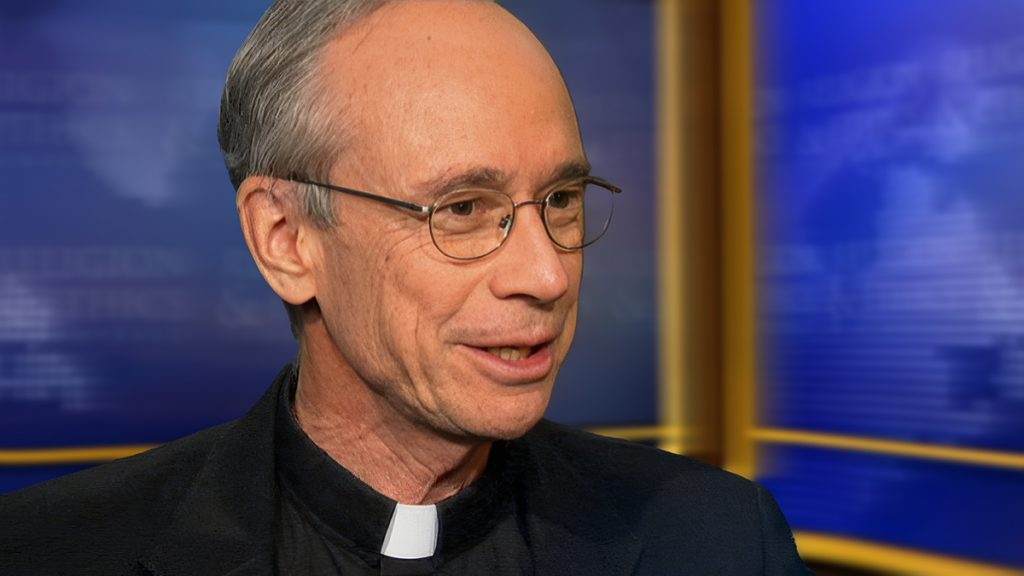The people of God deserve better than what they are hearing in church today. Reading the news and social media might lead you to think the only liturgical issue Catholics are concerned about is the Latin Mass.
But there is another language problem in the Catholic liturgy that affects many more Catholics: the current liturgy in English is terrible.
Latin Mass in focus
Scores of social media accounts trumpet the wonders of the Traditional Latin Mass, the order of service used prior to the Second Vatican Council in the early 1960s. Before Vatican II, the entire Mass was said in Latin, with the priest facing the altar, his back to the congregation.
After the council, the reformed Mass in the vernacular replaced the TLM, but for pastoral reasons the local bishop was permitted to allow limited use of the TLM. The hope was that it would gradually fade away as Catholics got used to the new liturgy.
Decline in attendance
For the most part this happened. Only 3% of American Catholics attend a Traditional Latin Mass once or more a month, according to a recent Pew Research Center survey. Eighty-seven percent of American Catholics have never attended a TLM in the past five years.
There is even less interest in the Traditional Latin Mass outside the United States.
But rather than fading away entirely, the Latin Mass has continued to attract a small cadre of followers, including among young adults.
A divided church
Some ultraconservative Catholics deny the legitimacy of the new Mass, while others simply find more devotion in the old way. Some of these TLM fans promote it as a more pious and devotional approach to the Mass.
Conservative Catholics cheered in 2007 when Pope Benedict XVI allowed any priest to say the Traditional Latin Mass when and where he wanted. Many complained bitterly in 2021 when Pope Francis restored the authority of the local bishop to control whether a priest was allowed to celebrate it.
Francis felt that TLM supporters had become divisive in the church and wanted to quiet the dissenting spirit of the TLM. He forbade its use in parish churches, allowing it only in chapels. He also forbade the ordination of priests unwilling to celebrate the new Mass in the vernacular.
Conservatives hope that Pope Leo XIV will restore Benedict’s policy allowing any priest to say the Traditional Latin Mass.
Translation disputes
But Benedict’s edicts on the TLM pale in comparison to his effect on the Mass most American Catholics hear each week. As the church’s doctrinal arbiter, then-Cardinal Joseph Ratzinger insisted on a word-for-word translation of the Latin, rather than one that conveyed the meaning of the text but was understandable when spoken aloud to contemporary Americans.
In 1963, English-speaking bishops’ conferences set up the International Commission on English in the Liturgy (ICEL) to conform to Vatican II’s order to render the Mass (and the other sacraments) in the vernacular. In 1973 the same body produced a translation of the new rite that everyone quickly acknowledged needed improvement.
A new translation was published in 1998 after years of work by scholars and translators.
The rejected translation
Rather than a word-for-word translation, the 1998 ICEL text could be proclaimed and understood by contemporary English-speaking Catholics. The sacramentary also included new prayers, such as opening prayers for Sundays that matched the Scripture readings.
The ICEL translation was well received by the English-speaking bishops around the world. However, Ratzinger, a native German speaker, vetoed the translation and insisted that a new word-for-word version be used.
The Vatican resisted reason. When the U.S. bishops asked to send a delegation to Rome to argue their case, the Vatican reluctantly agreed but told them not to bring Cincinnati Archbishop Daniel Pilarczyk, chair of ICEL, who had a doctorate in classical languages and could outmatch the Vatican “experts.”
While some non-English-speaking bishops, notably the Italians, successfully fought off Vatican-imposed translations, the American bishops caved.
In 2002, ICEL’s executive director was replaced by someone willing to produce a translation acceptable to Ratzinger.
That translation, still in use today, was implemented in Advent 2011.
Time for a better English Mass
It is time to get a better English translation of the liturgy. We do not need to start from scratch. We can simply give the 1998 ICEL translation another try.
The good news is we now have a pope whose first language is English and who might appreciate the problems of the current translation. The head of the Dicastery for Divine Worship, Cardinal Arthur Roche of the United Kingdom, is also a native English speaker, though he was chair of ICEL when the current translation was developed. He may not be open to replacing it.
Opening the way
On the other hand, Roche was involved in writing Magnum principium (The Great Principle), a 2017 letter issued by Francis giving bishops’ conferences more authority in determining liturgical translations and limiting the role of the Dicastery for Divine Worship.
Francis issued this letter because he did not want the Dicastery micromanaging translations. The document states that episcopal conferences have the authority “of judging the worth and coherence of one or another term in translations from the original.”
The presumption is that the bishops know what they are doing. Under Magnum principium, the Vatican would have to allow the 1998 ICEL translation if a bishops’ conference requested it.
Call for grassroots action
But this will not happen unless priests and laity push for it. The American bishops are naturally conservative when it comes to liturgy. They fear upsetting people with change.
Negative reaction from the laity could be avoided if the current translation of the responses said by the congregation were kept. It is the prayers said by the priest that most need updating.
Other English-speaking bishops’ conferences should not wait for U.S. action. These conferences should lead the way by asking the pope for approval to use the 1998 ICEL sacramentary in their countries.
In the United States, a grassroots movement is needed to call for approval of the 1998 ICEL sacramentary. We need to make as much noise as the supporters of the Traditional Latin Mass.

- Thomas Reese SJ is a senior analyst at Religion News Service, and a former columnist at National Catholic Reporter, and a former editor-in-chief of the weekly Catholic magazine America.
- First published in RNS. Republished with permission.

